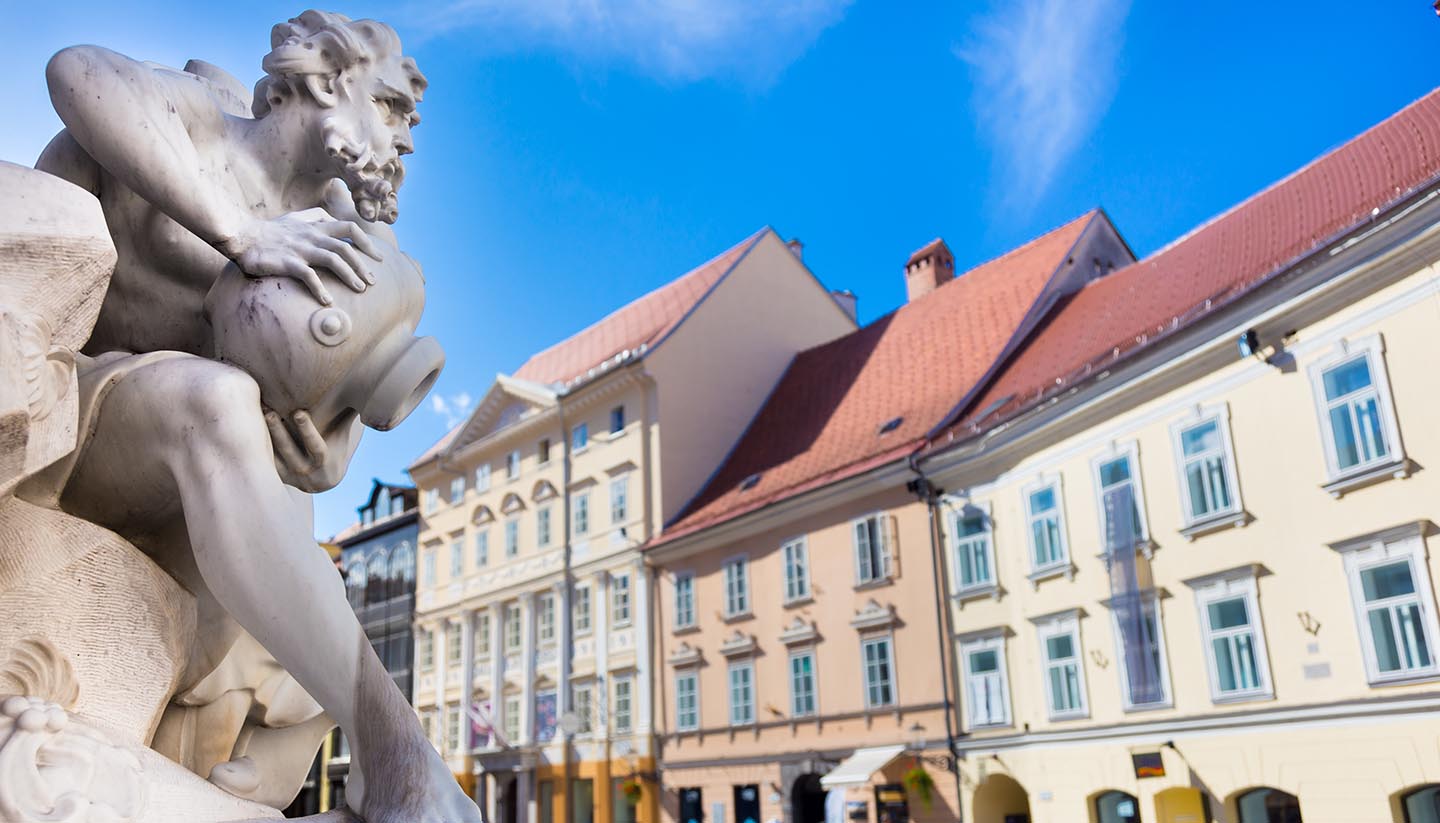Ljubljana Travel Guide
About Ljubljana
Ljubljana may be compact, but it boasts a myriad of architectural styles, a picturesque Old Town and a buzzing energy that give its bountiful bars and restaurants the dynamism of a much bigger city.
Unlike much of the rest of Yugoslavia, which broke up in 1992, Slovenia’s post-communist years have been relatively trouble-free. Slovenia is now part of the EU, increasingly prosperous economically and keen to welcome visitors. The capital is beautiful, with a lively nightlife that blends boozy Eastern European hedonism with calmer, Mediterranean style.
While seminal Slovenian architect Jože Plečnik shaped the core of how the city looks, the Hungarians, Austrians and Italians have also influenced Ljubljana heavily. These eclectic influences permeate many aspects of city life, including its food and drink. Enjoying an Italian-style gelato is as much part of the Ljubljana experience as savouring hearty Hungarian goulash.
Ljubljana has one of the youngest populations of any European capital. Inhabitants throng the cafés and bars along the river throughout the year. Some of these locales are more tavern-like in style, but increasingly the city is hosting modern, chic bars.
Perhaps the coolest pocket of Ljubljana is Metelkova. These former army barracks are the cultural centre of the city, serving as a unique zone covered in graffiti and dotted with eccentric sculptures. Today, almost anything goes in the zone – though ‘anything’ mostly means cool club nights, film screenings and exhibitions by young, experimental artists. The area is also home to the Museum of Contemporary Art.
Other than that, there are a few notable churches worth peeking at and several interesting museums, especially those displaying Roman artefacts. The best way of enjoying Ljubljana, though, is perhaps simply to wander along its winding river and through its pleasant Old Town, soaking up the city’s blended cultural heritage.


